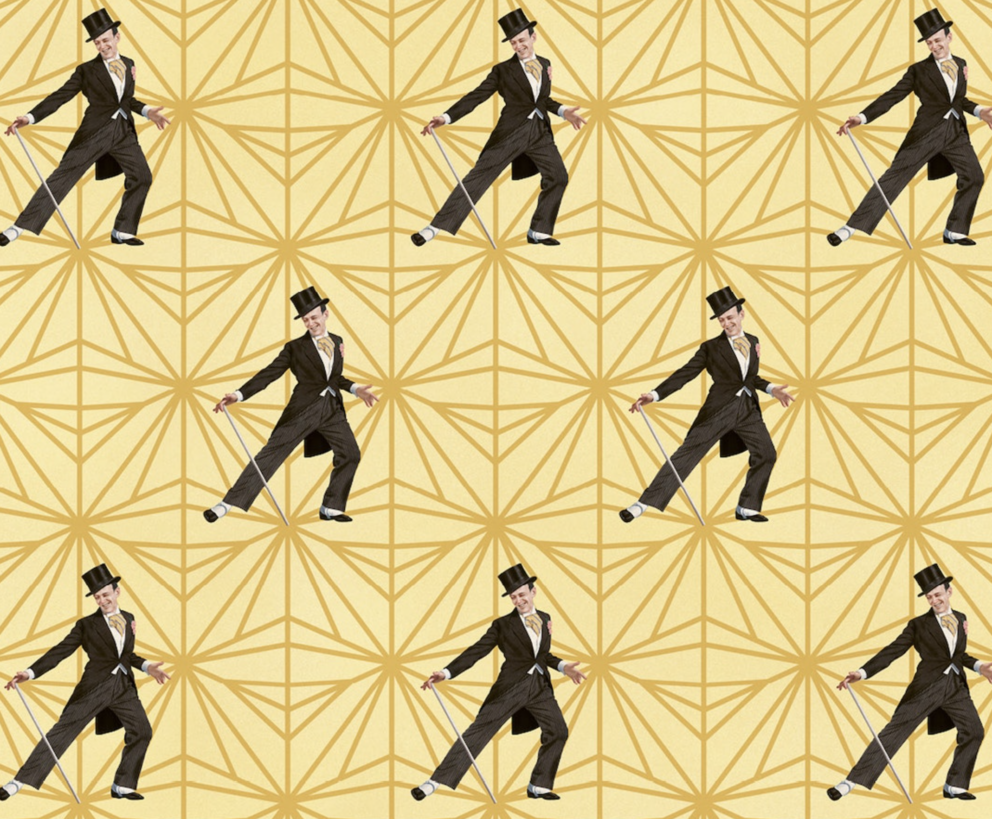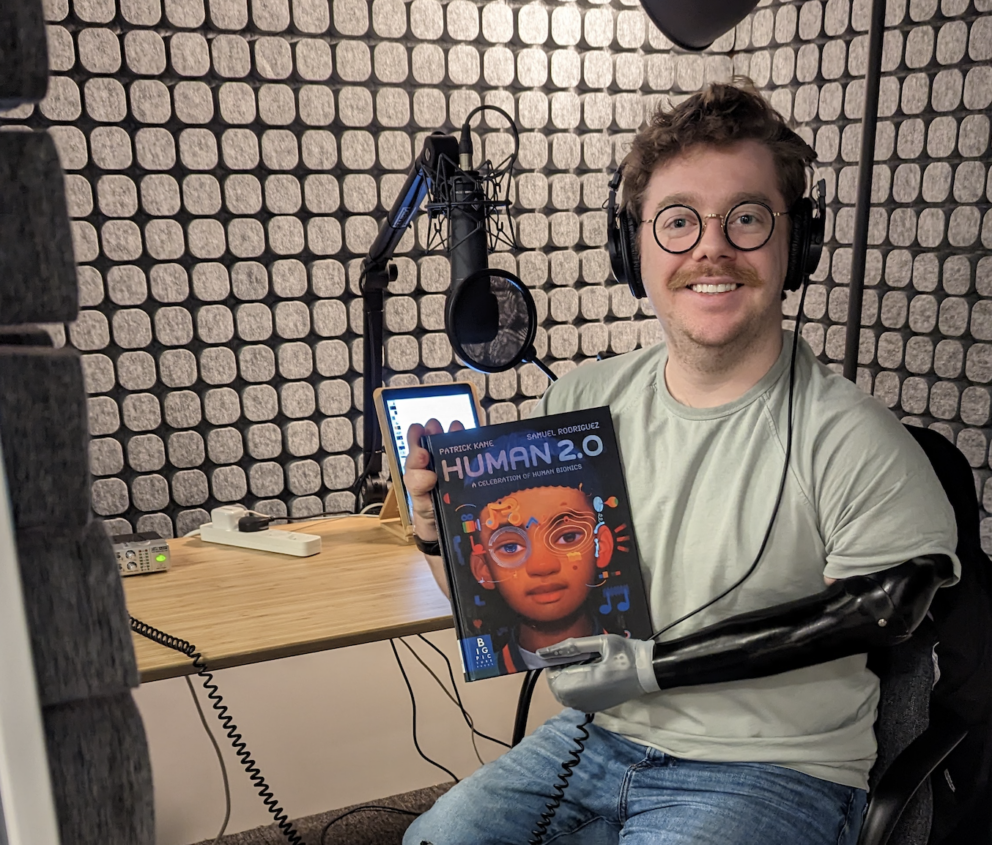Big Picture Press, an imprint of Bonnier Books UK, has acquired Human 2.0 a stunning book about the progression of bionics. Joanna McInerney, Head of Big Picture Press, acquired world rights directly from author Patrick Kane and illustrator Samuel Rodriguez.
Publishing in March 2023, this beautiful book celebrates the progression the world has made in prosthetic technology that is allowing adults and children to realise their dreams. From hearing aids to bionic legs, the book will include diagrammatic artwork alongside real-life stories, showing readers the incredible history and progression.
Author Patrick Kane said: “Human 2.0 presents a unique opportunity to showcase how humans are replacing and upgrading their own biology to enable dreams to become reality. I am proud to be writing a book that I know would have been invaluable and inspirational to me growing up as a disabled child. Big Picture Press are to be applauded for ensuring that this book is authentic, and it is an important step to allow children and adults alike to challenge how they see disability while gaining an insight into the wonders of modern prosthetic technology. I am delighted to be collaborating with an artist of Sam Rodriguez’s calibre whose other-worldly style will bring to life my text.”
Illustrator Samuel Rodriguez added: “As an illustrator inspired by forward-thinking ideas, I am honoured that Patrick Kane and Big Picture Press felt that my work matched this project. I love how Patrick advocates hope and knowledge for human advancement. This is exactly the kind of work I want to be part of.”
Commenting on the deal, Joanna McInerney added: “Whether or not you use prosthetics or implantables yourself, or know somebody who does, Human 2.0 is an important book for everybody, and one that I am so proud to be publishing. Patrick’s invaluable insight combined with Sam’s compelling artwork makes for a truly inspiring and stunning work. It is not only a celebration of all that technology has achieved thus far, but a step forward in the conversation around how disability is presented and discussed.”


